Responding to the world through art
Jessica Turek
Antelope Staff
Scientific curiosity brought John Fronczak to art.
When Fronczak was a young boy, his interests ran to science, chasing insects and making a butterfly collection. He wanted to be an entomologist.
“I thought I was going to be involved with science, because I was curious about the world, and I got very interested in the natural world — especially, butterflies and other insects, seashells, and just all the evidence of things of life around.”
Perhaps because his parents gave him the support and space to create at a young age, he still enjoys teaching beginning art classes encouraging students to look at the world anew.
He said he had the aptitude of somebody who inclined toward the humanities, which was made clear when he took his high school art classes.
He said his instructors were trying to teach the students not only very strong art skills, but also the critical thinking skills associated with art. “And while I was working on my projects and all that, it became clear to me that ‘This is what I want to do.’”
Today, he shares his education theory as advice to students. “So, while you’re here, I think the gift of college should be that when you come in as a freshman, you should allow yourself to unlearn a lot of what you learned before. And by that, I don’t mean reading and writing. You know, the practical things.”
He encourages students to drop assumptions about what education is, what art is, what design is, what the color red is, you know, all those things. And throw them away. “Let yourself be open to your instructors and your professors,” he said.
“And look, look and look”, he says.
“Visit as many museums as you possibly can to look at the artwork. And develop that side of you.”
Ultimately, that is what you are selling as an artist, he said. “The more that you know, the more that you have gathered, the more that effects and underpins your creative passion.”
As to his own passion, he says making art became like a sanctuary. “But I don’t want to confuse that with escape. Because I wasn’t escaping. I wasn’t hiding out. I was responding to the world.”
Q & A
From my understanding, is your specialization in abstraction and realistic oil paintings?
Began in Virginia
Yeah, I always did a little bit of both in Virginia. We were living just south of Richmond in the late 1980s…and an opportunity came up through the gallery frame shop that was looking for artwork to sell to clients. So, even at that point, I was doing abstract work, and I was getting into some shows. In Richmond, I decided to do a realistic painting of the James River, which is the river that runs through Richmond, and the painting got a very positive reception.

Senior lecturer John Fronczak strives to inspire his visual communication and design students as he was inspired as a young boy, with critical thinking skills associated with art as well as strong art skills.
Led to an agent
The gallery I was working at sold it and that prompted me to do another one, and I ended up getting connected with an art agent. So the upshot was between 1988 to when we arrived here in 2001, I was doing realistic work. Highly realistic work. Landscapes. Architectural imagery of the city of Richmond and successfully selling every single one…
What he is currently working on
In my studio, right now, there is a wet, in progress, realistic work… And then right next to it, there is a large abstract canvas, which is also wet…I usually set them up, so I can see both of them at the same time, and go back and forth. Two different thought processes, but still, closely related.
Why do you love art?
Each work of art is a living thing
Well, sometimes, I don’t love it. I like going to art museums and to galleries to see a wide variety of things. Because each work of art in a museum, even if it’s on this white wall, in sort of clinical looking, you know, like we are looking at dead specimens somehow, each work of art is a living thing. I mean, it itself is a living thing. And so, you can bring out and find that life in the story. And it is a dynamic experience.
What is your favorite piece that you have created, do you have one?
There is an abstract piece I did a long, long time ago with my older son, Nathan, now 34. He was a little kid, and I let him paint on it and I incorporated his markings…Then I sort of used them, and expanded on them.


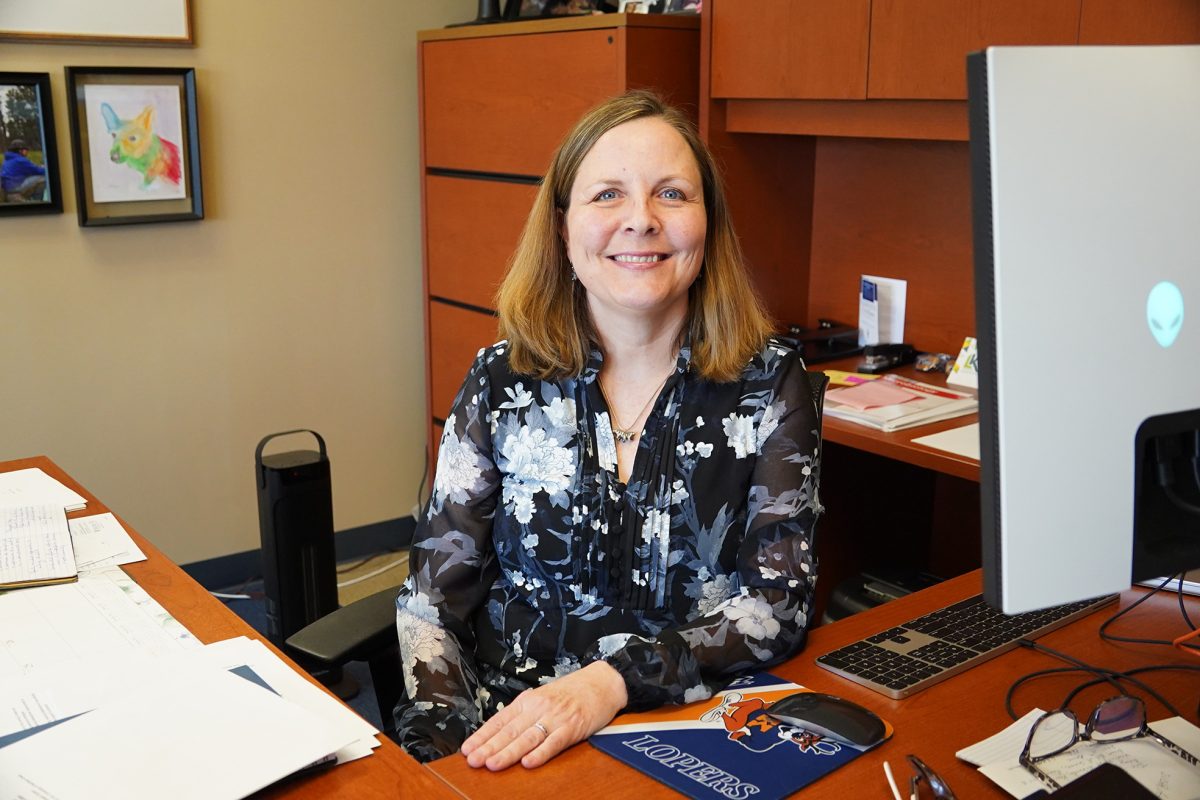
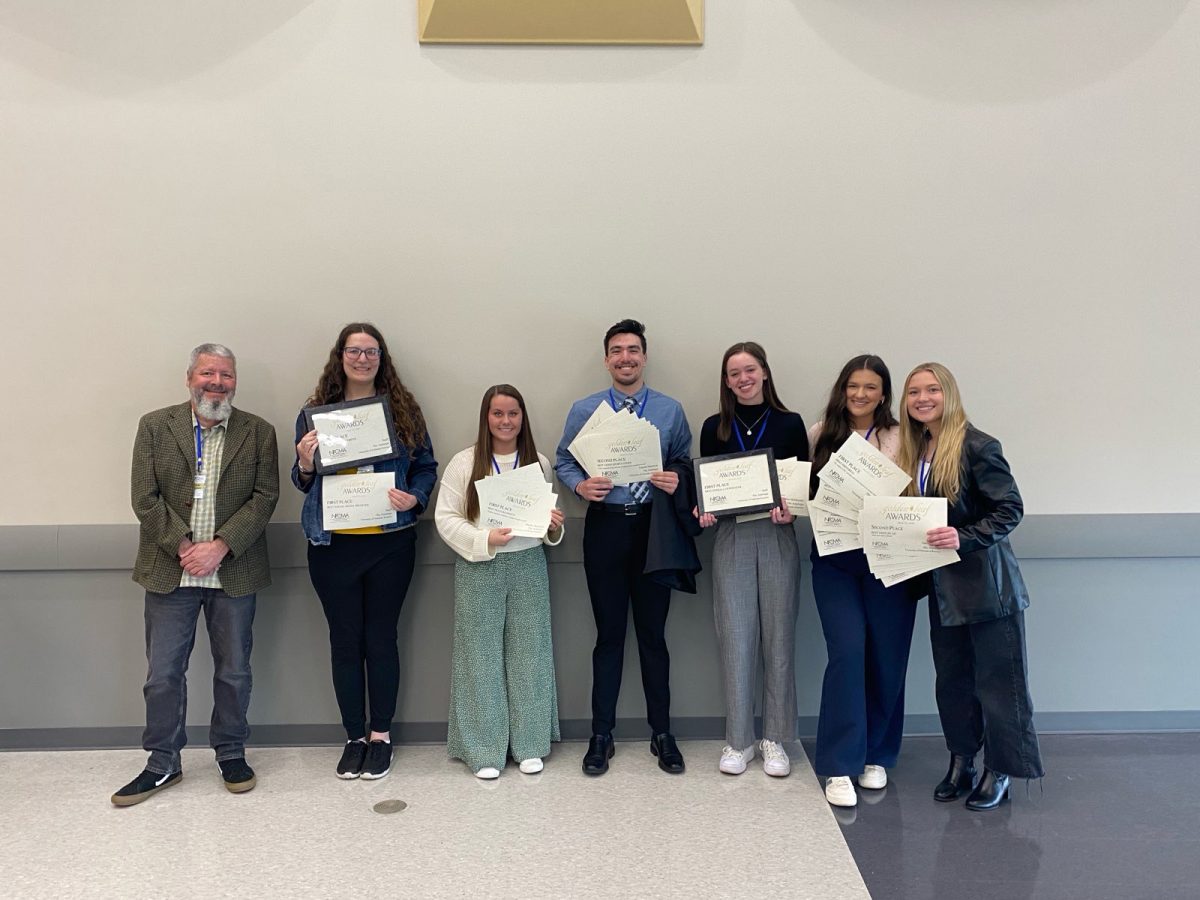
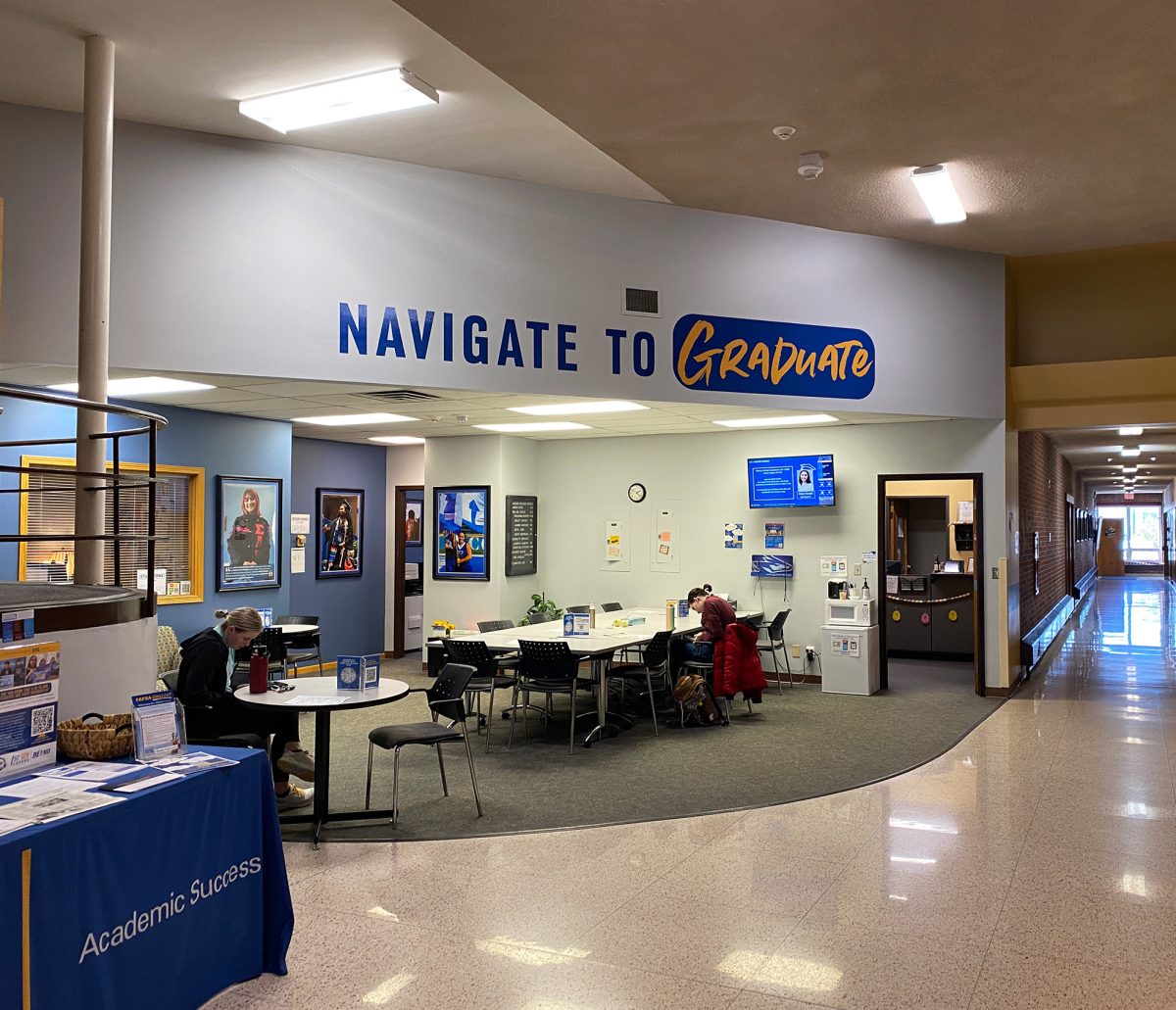

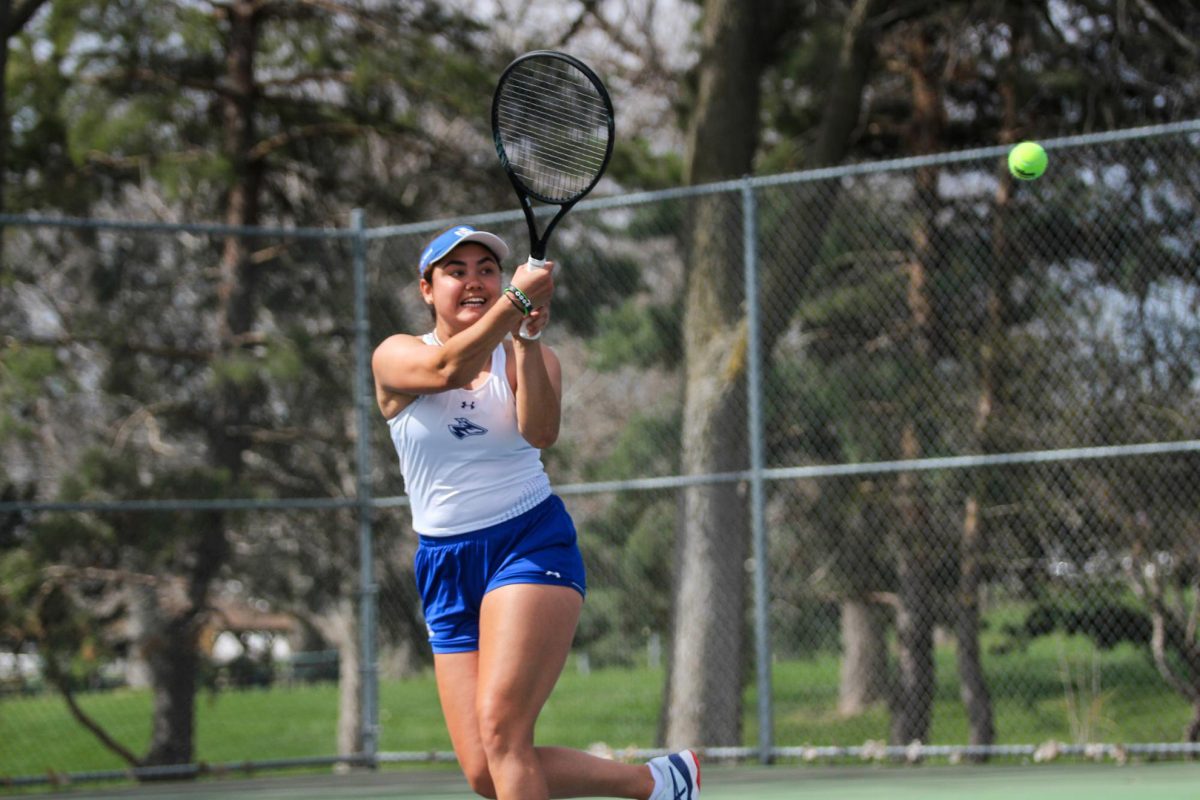
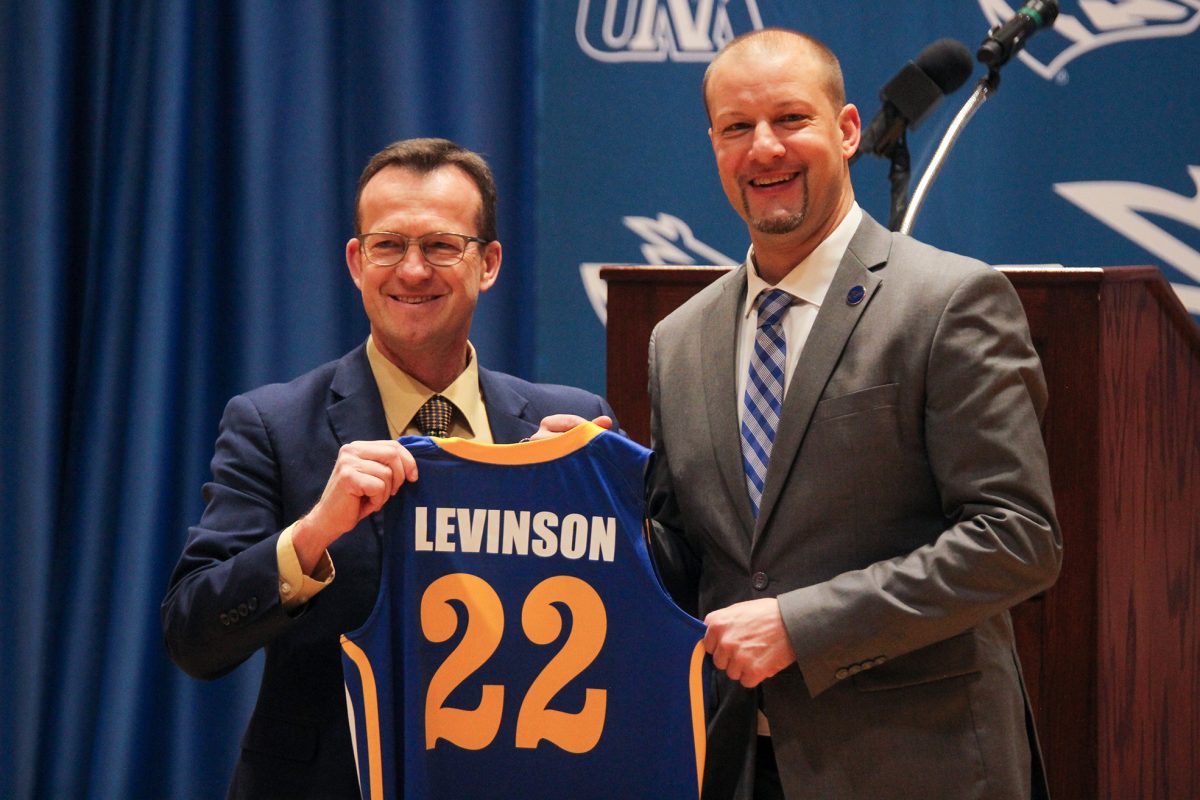
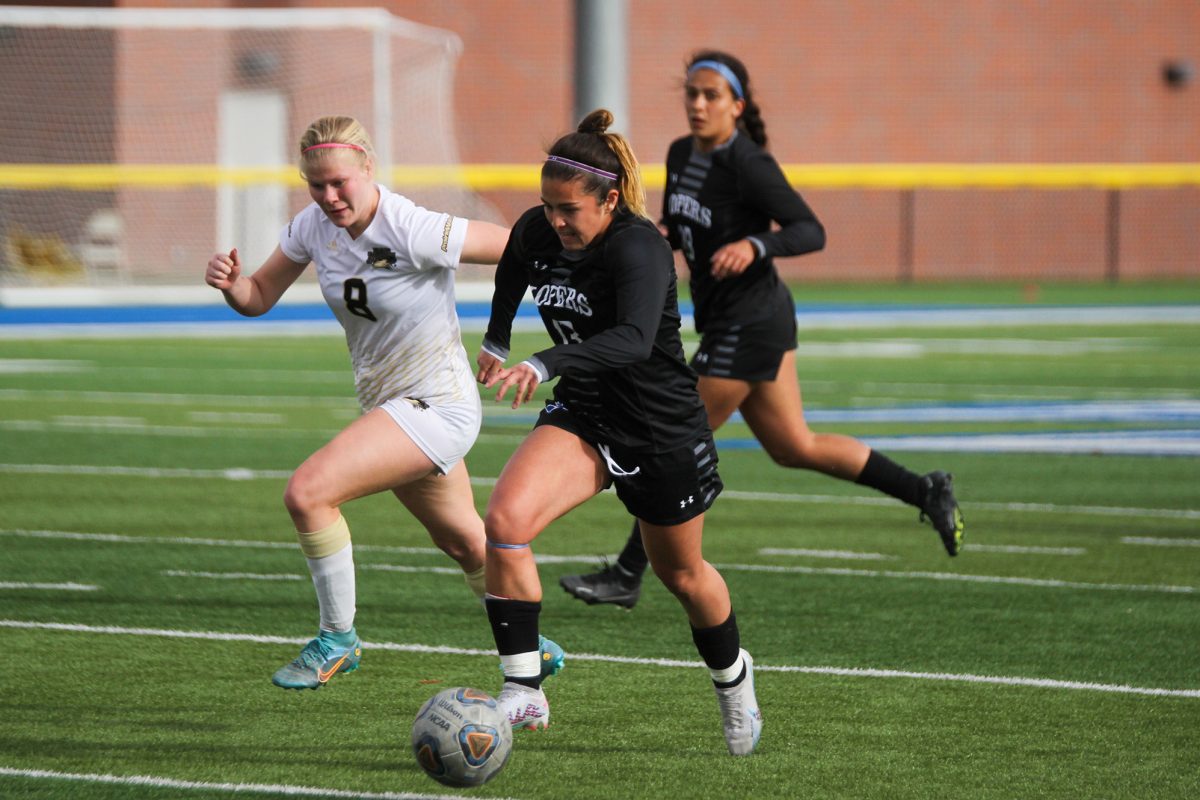
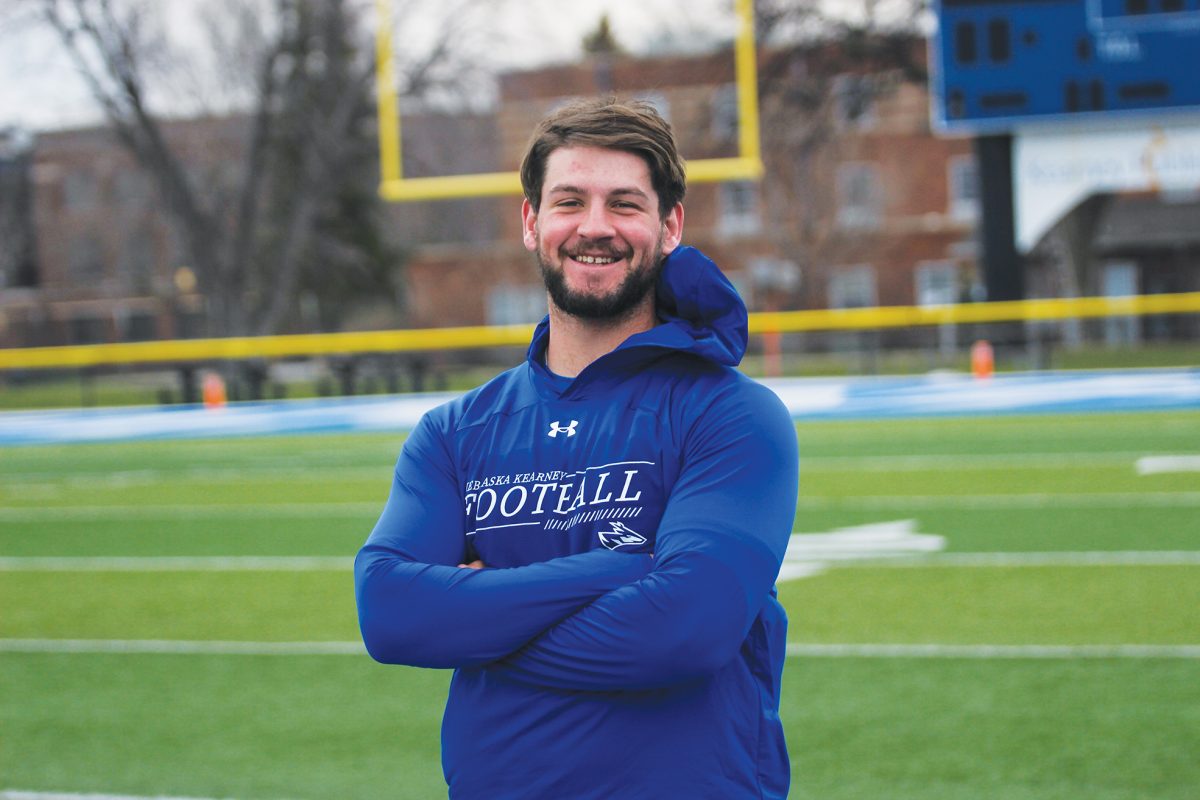
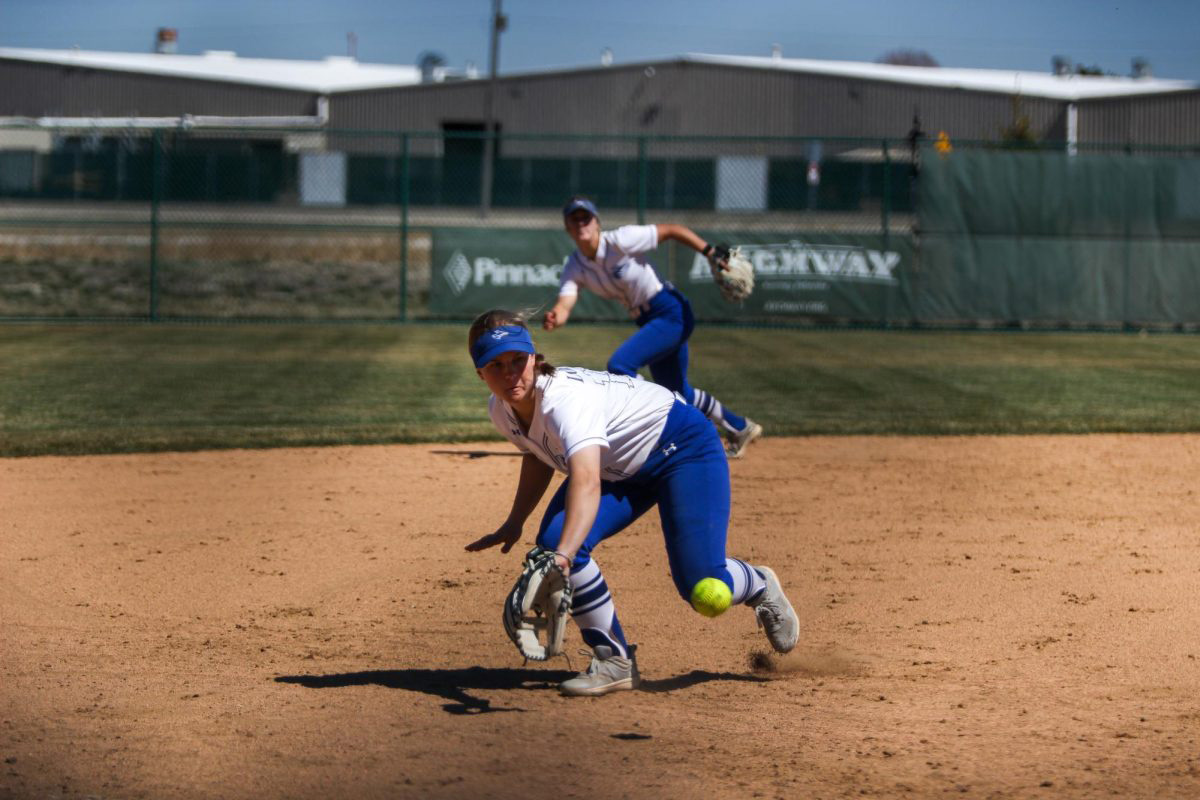
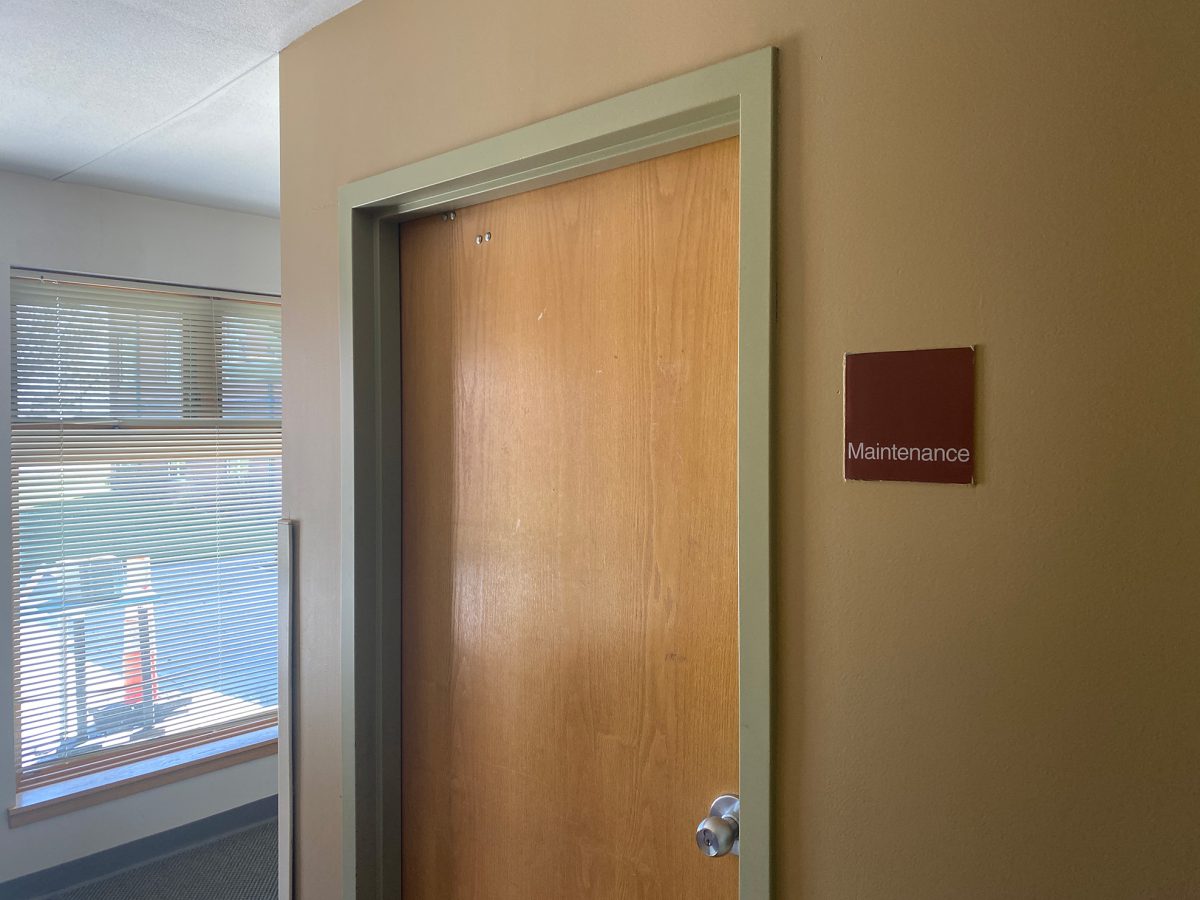

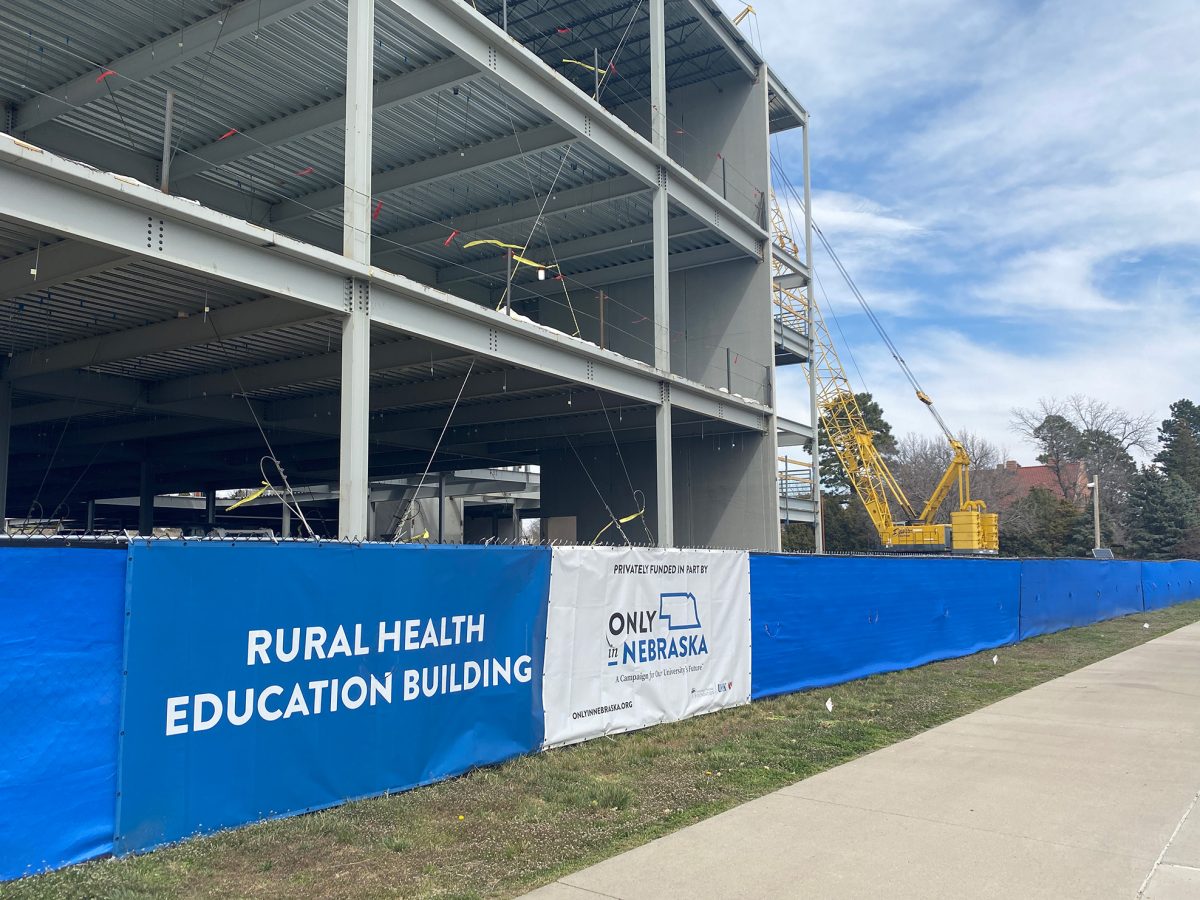
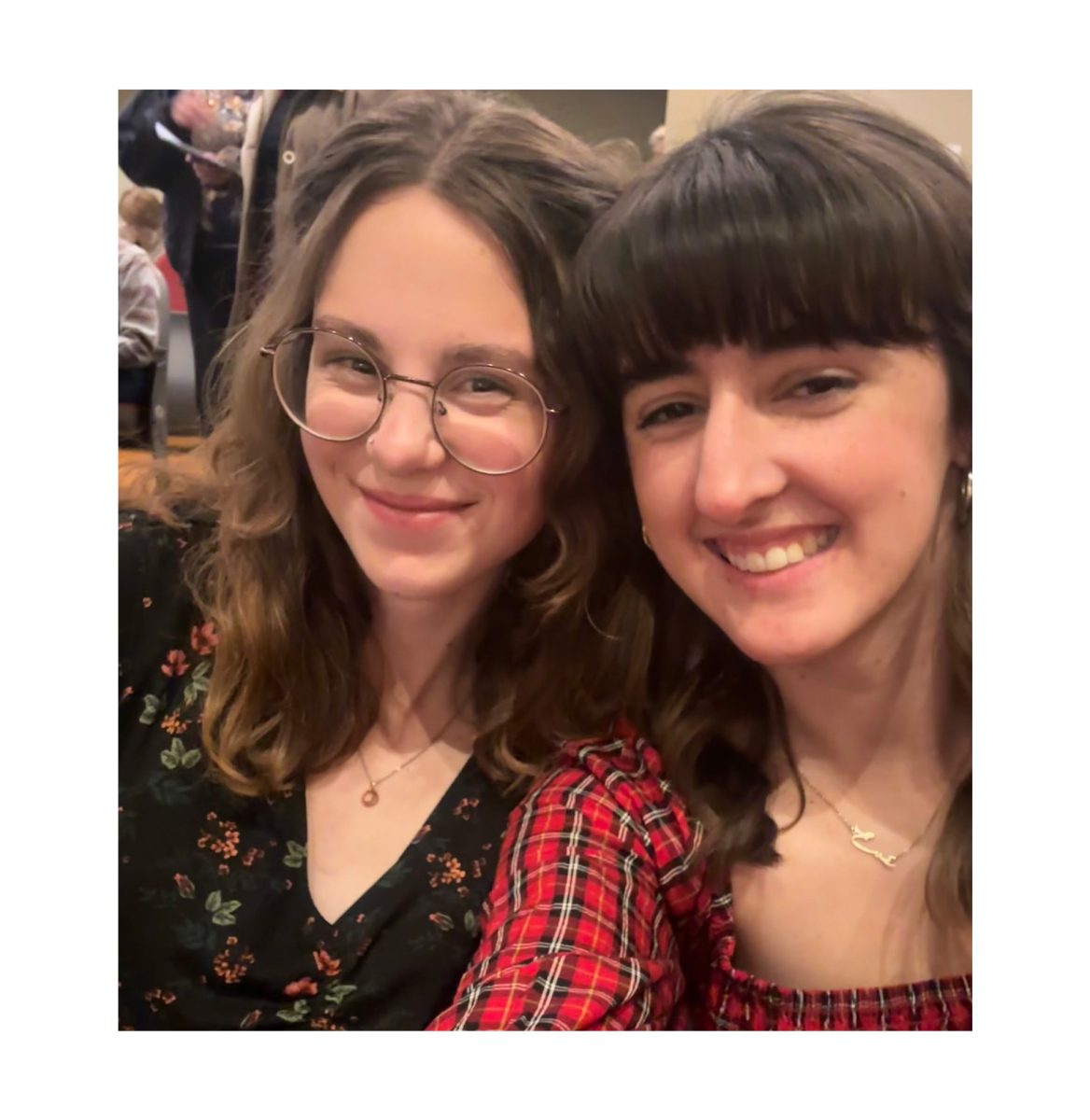


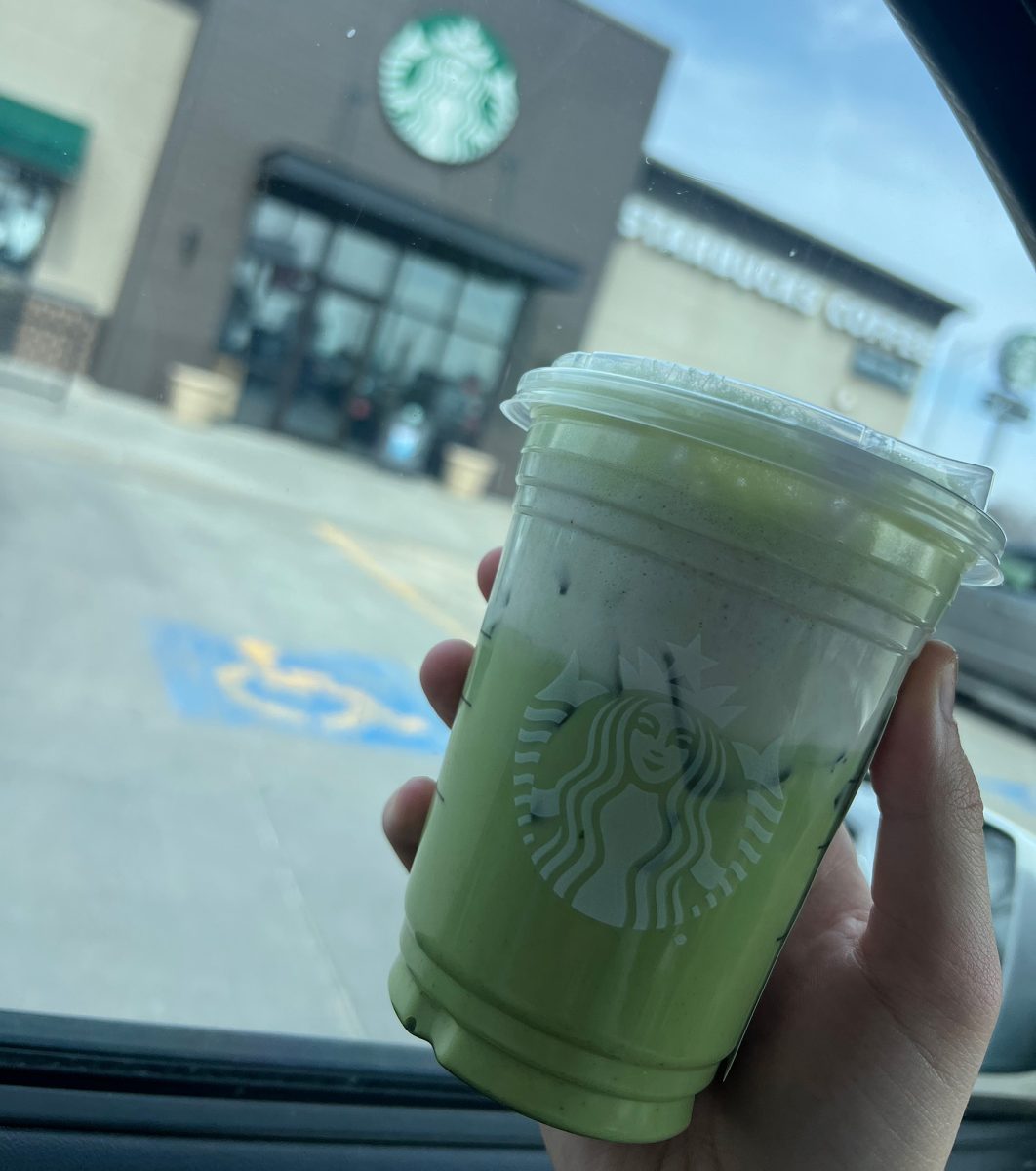
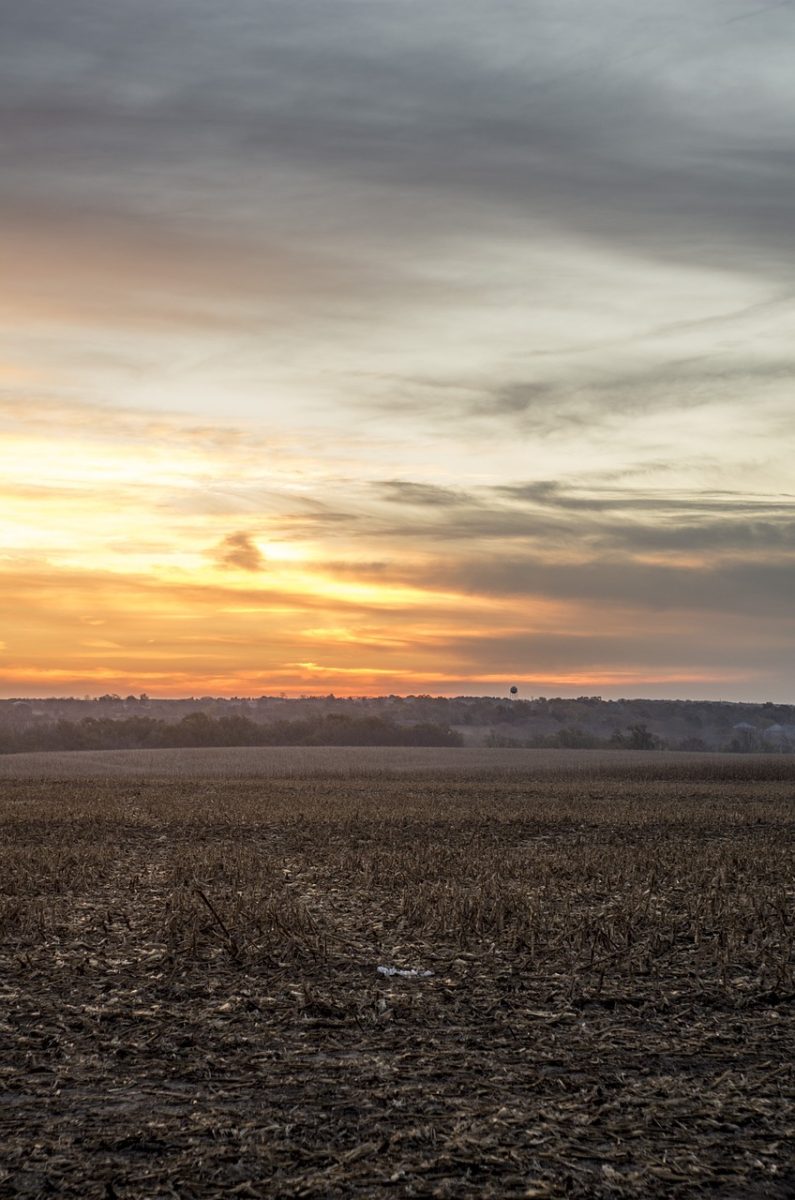


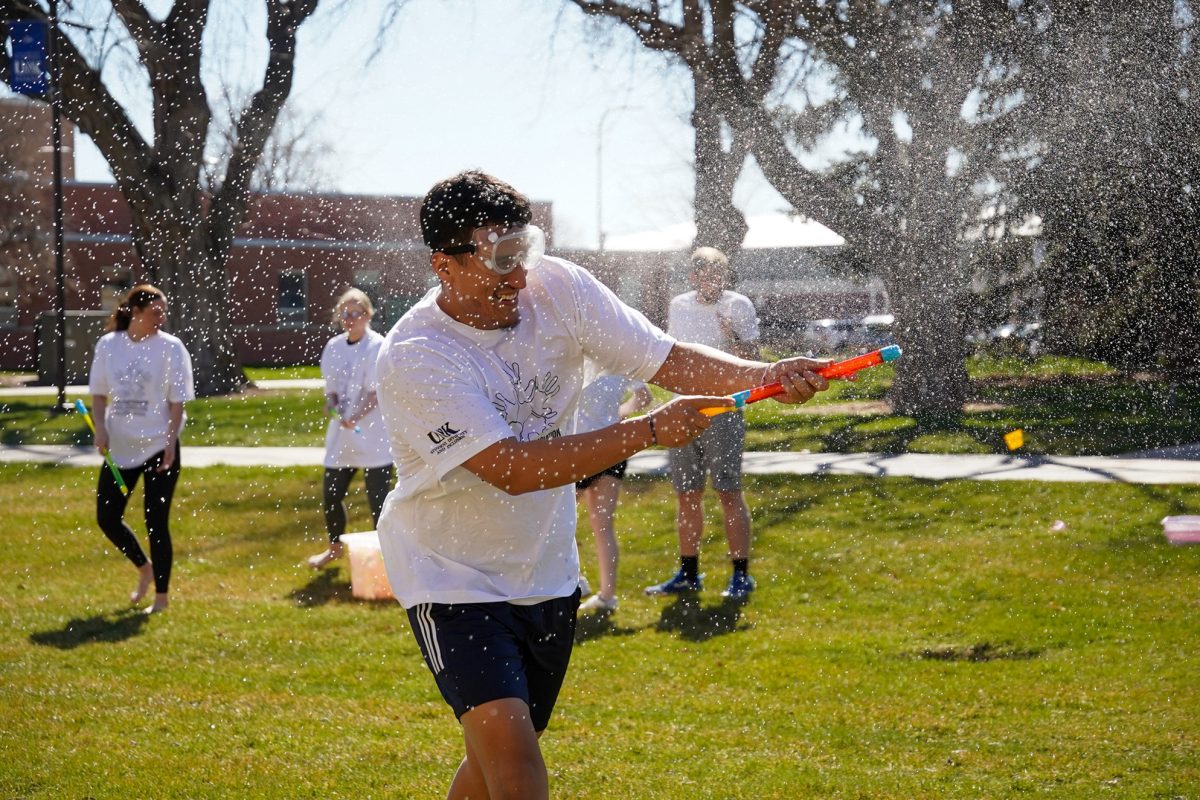
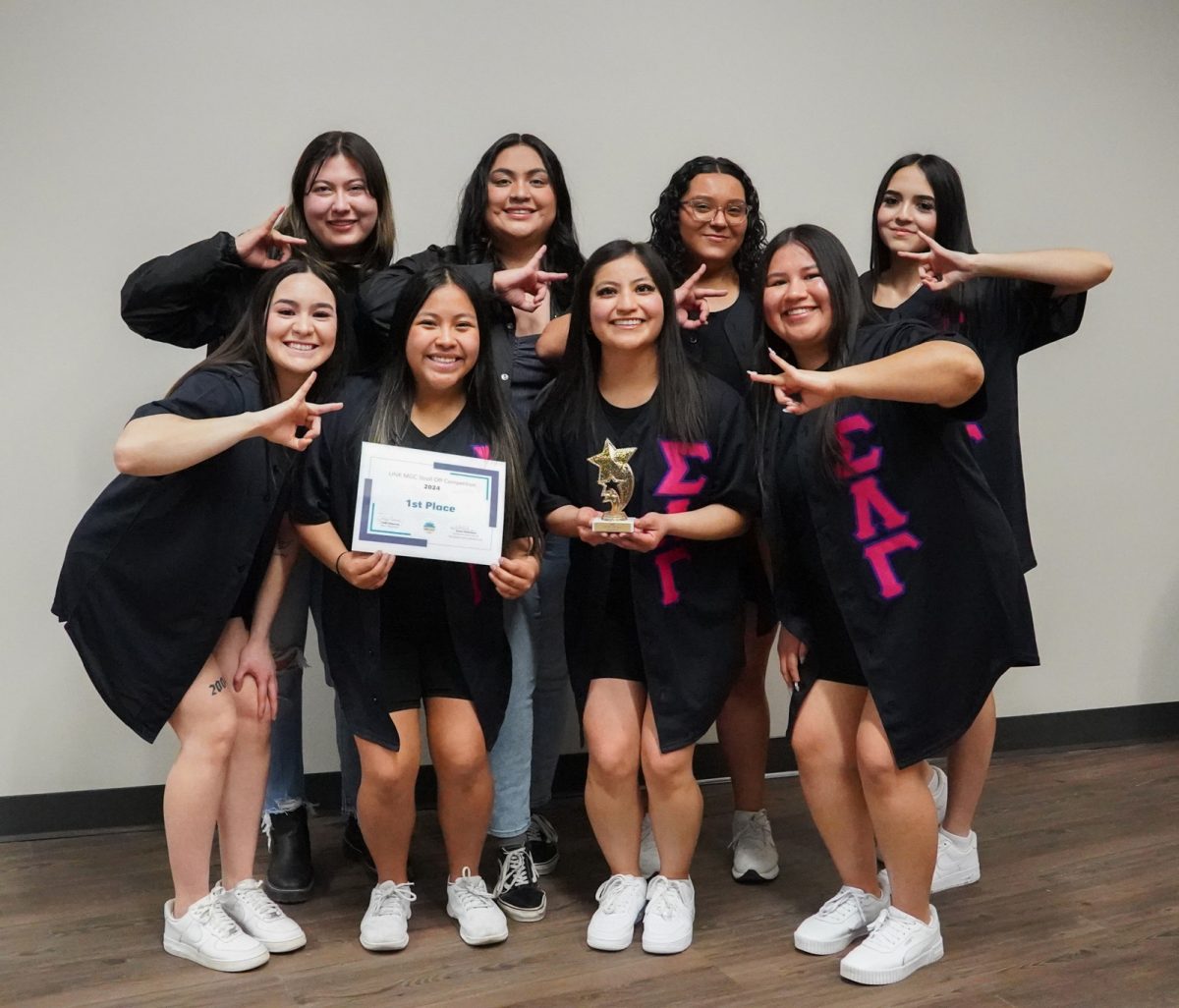
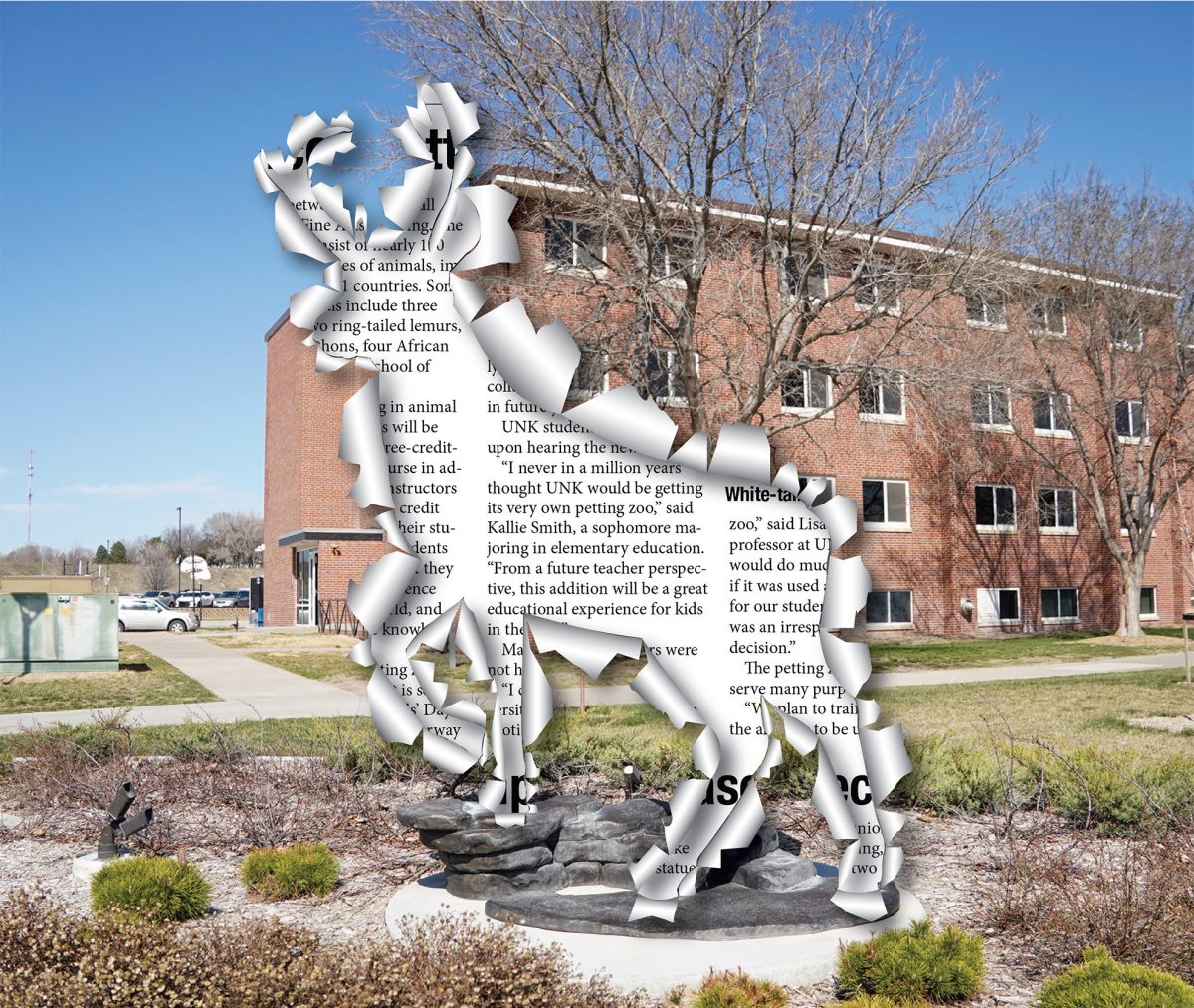
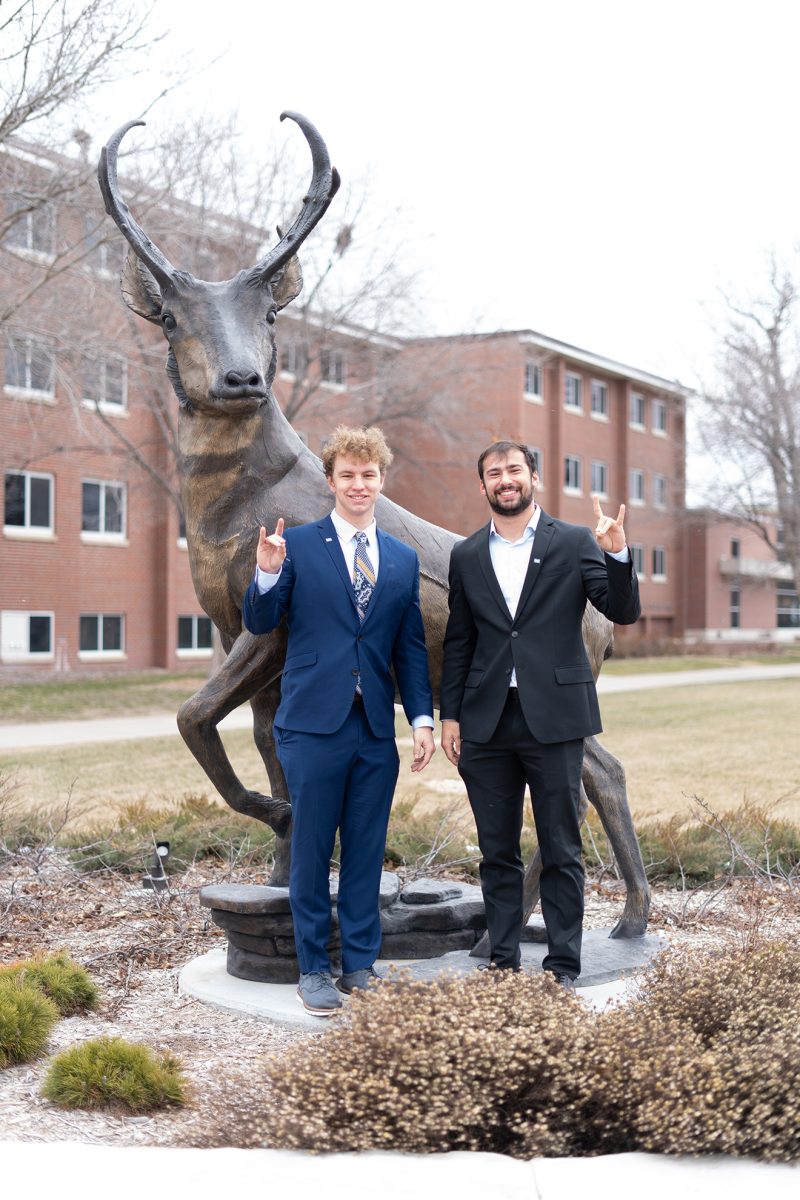
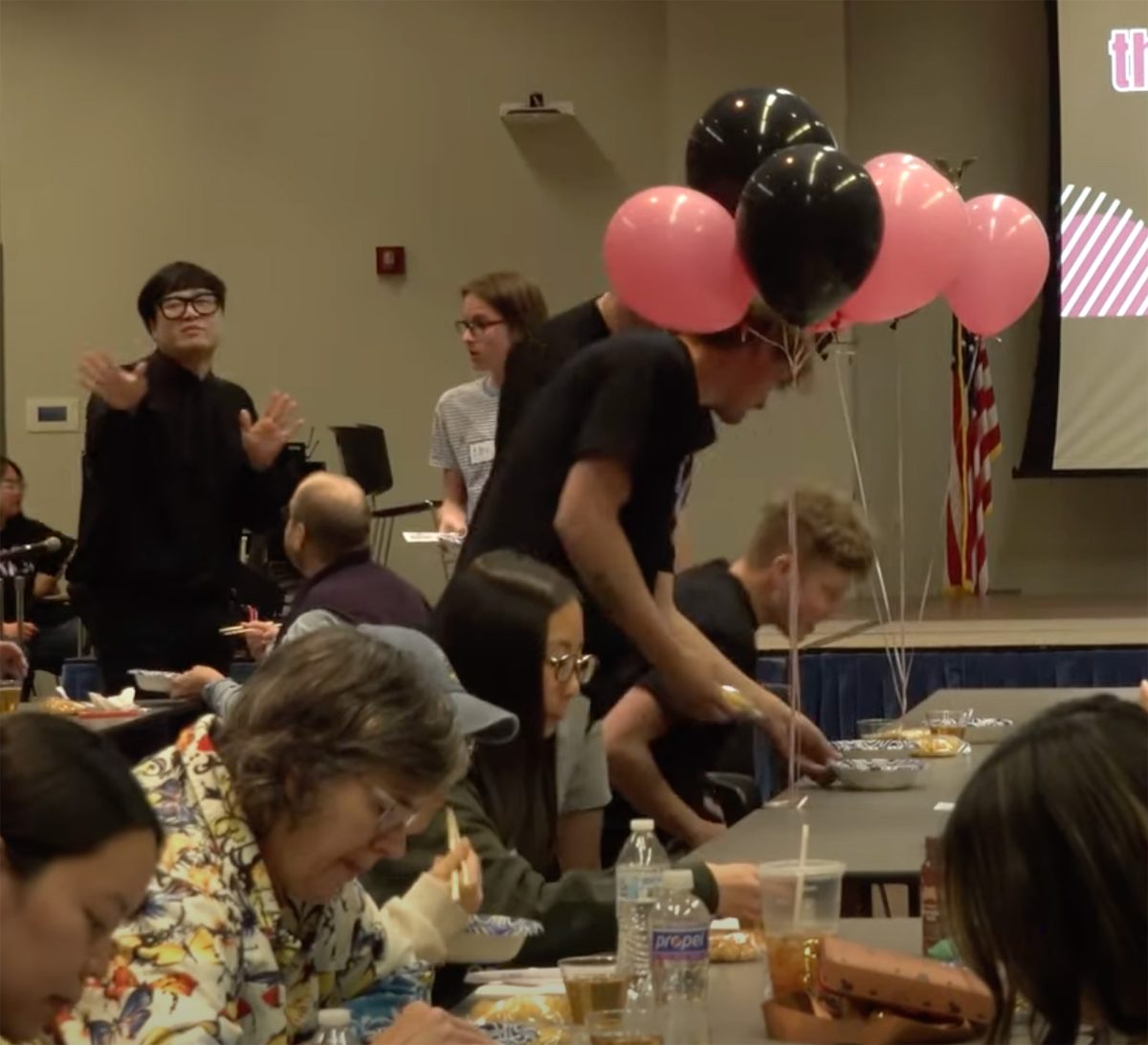
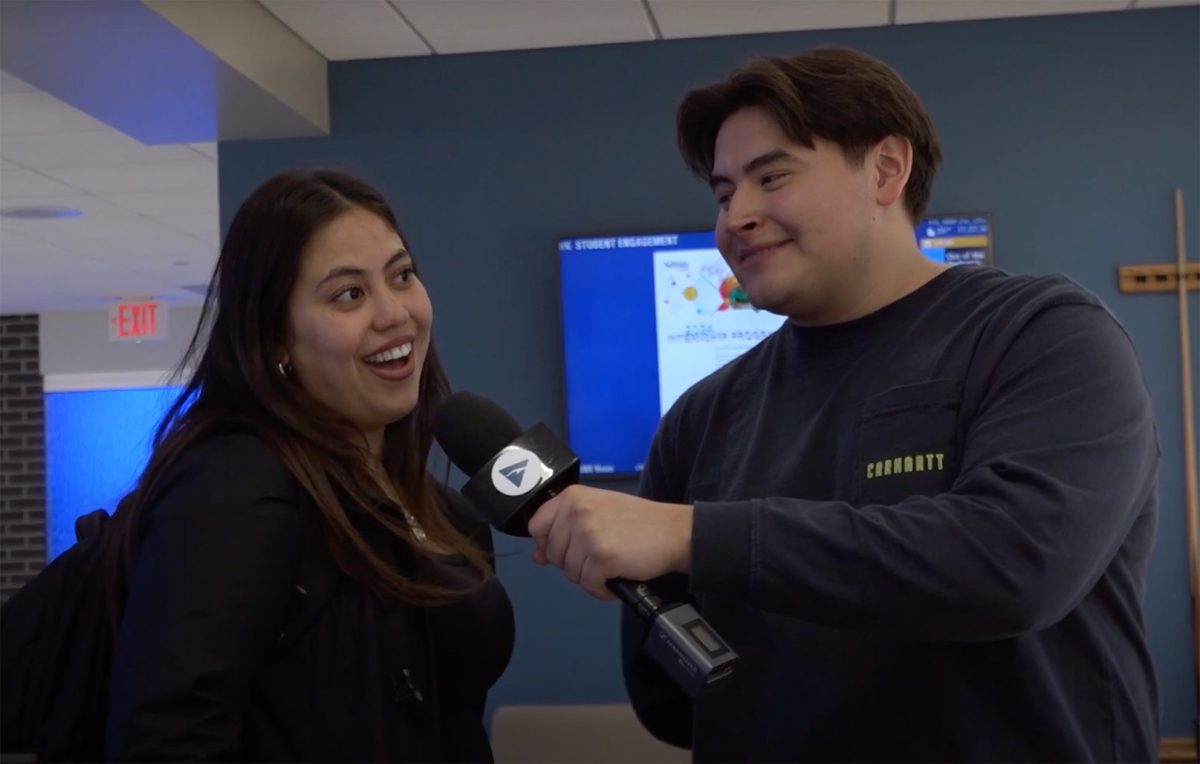
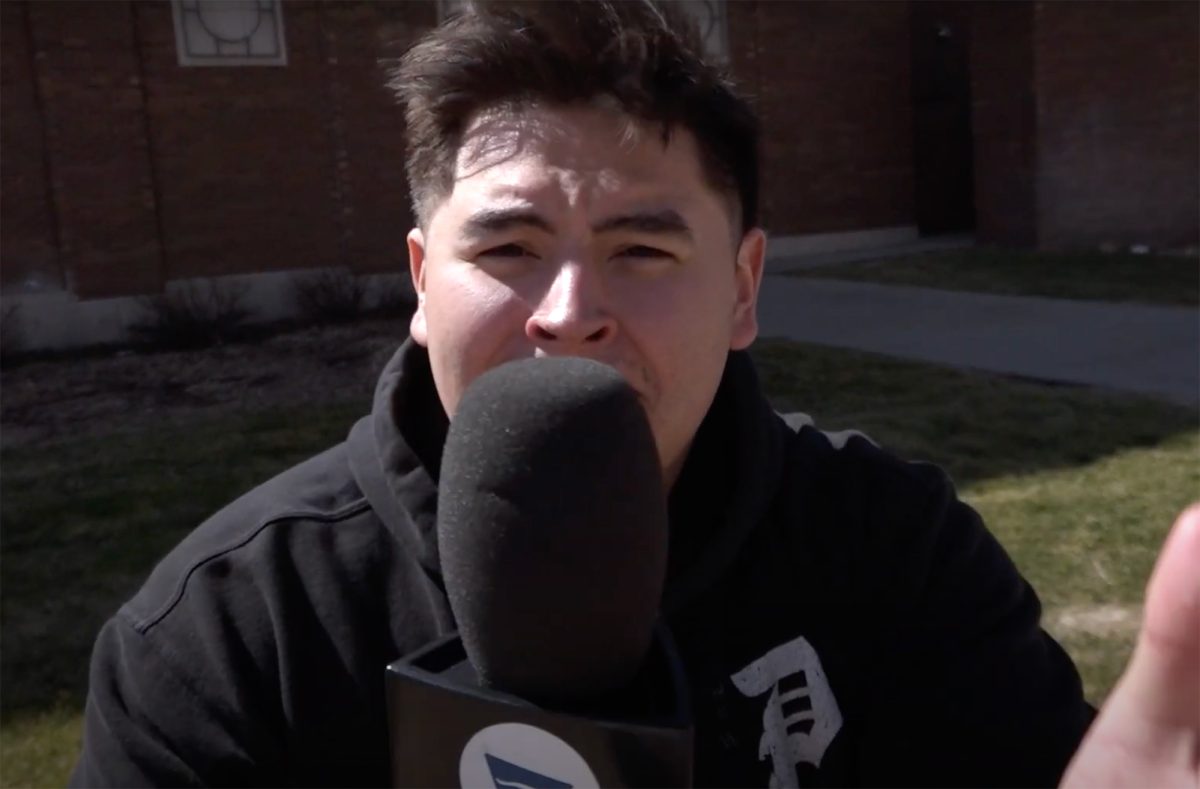
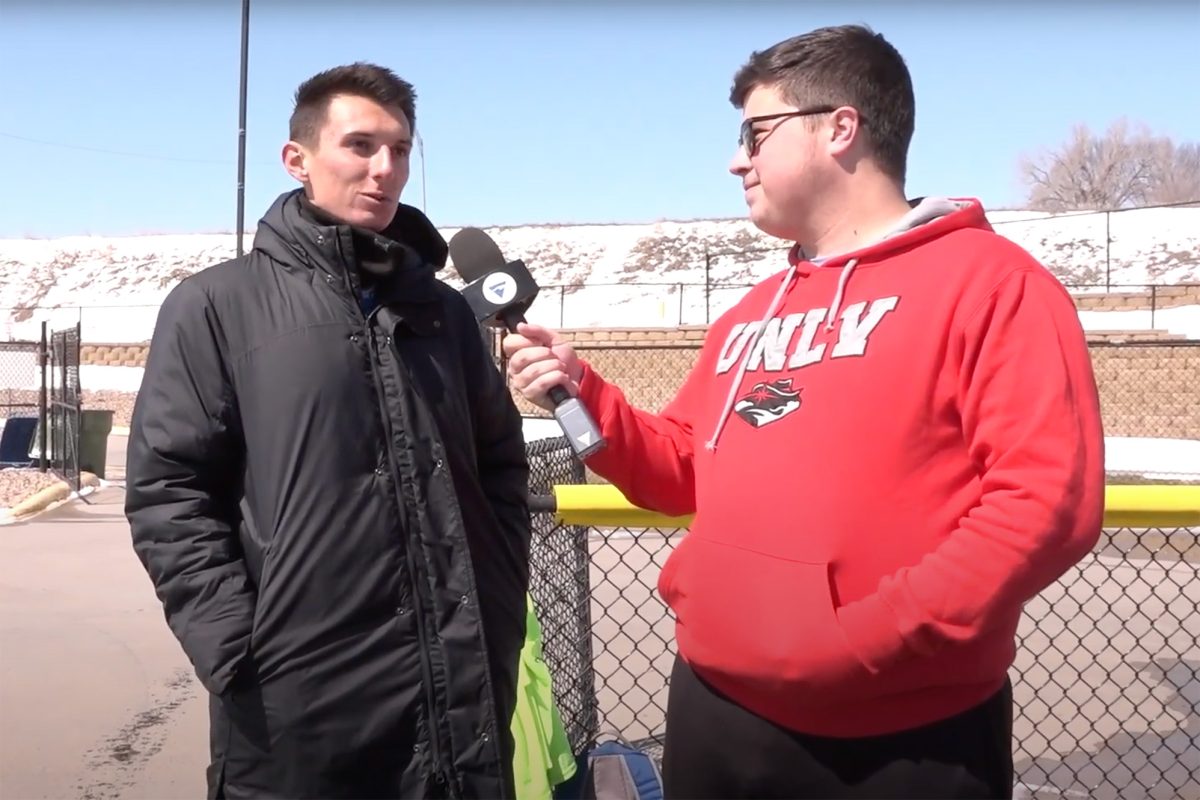

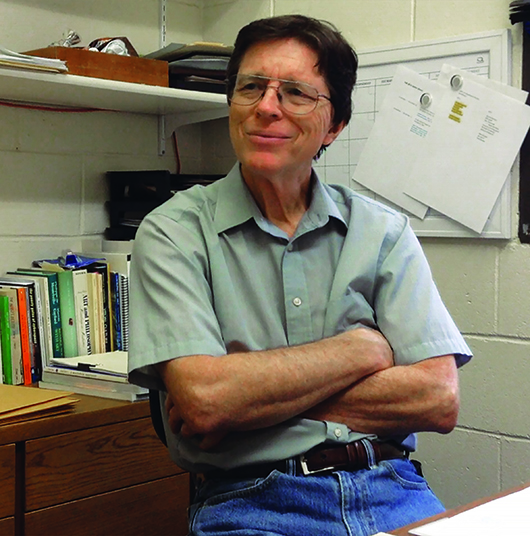
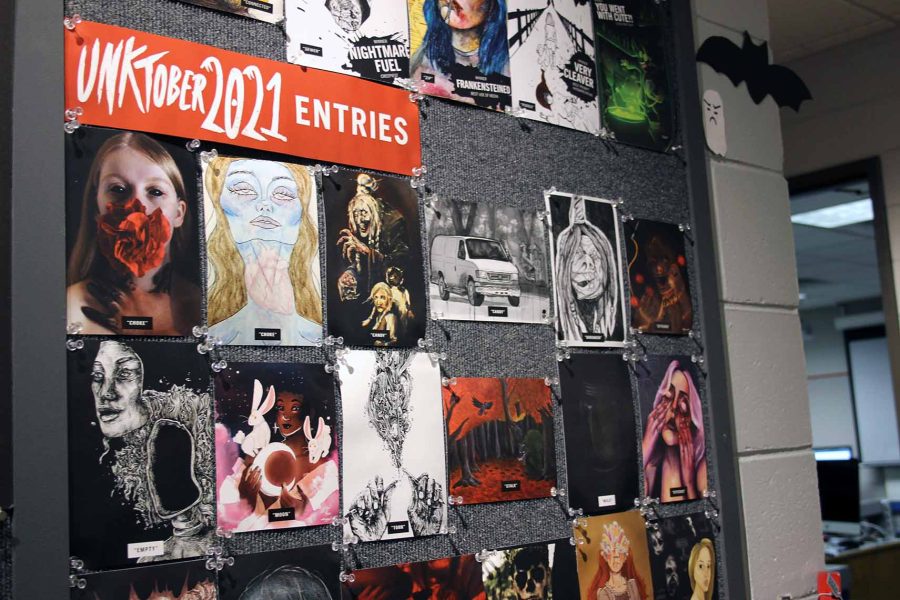
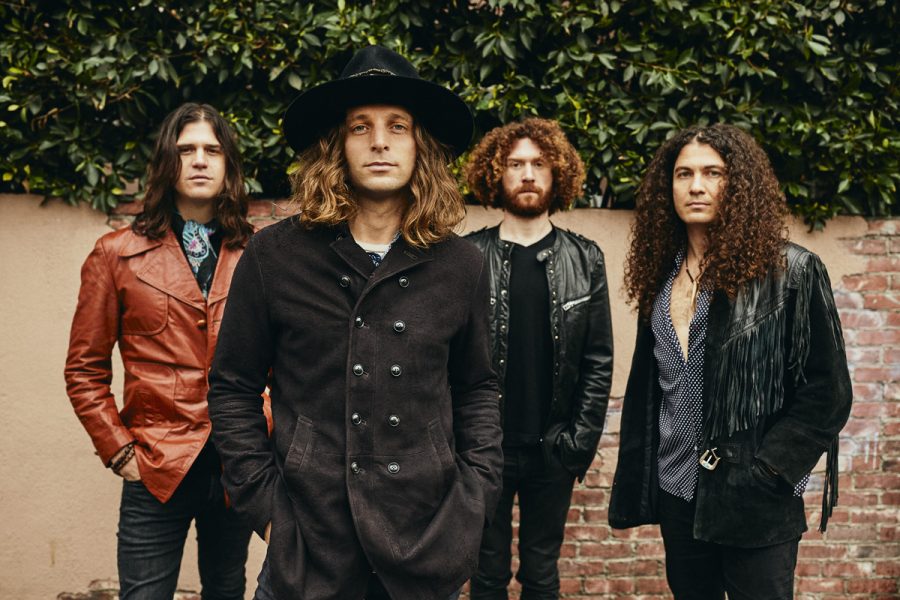


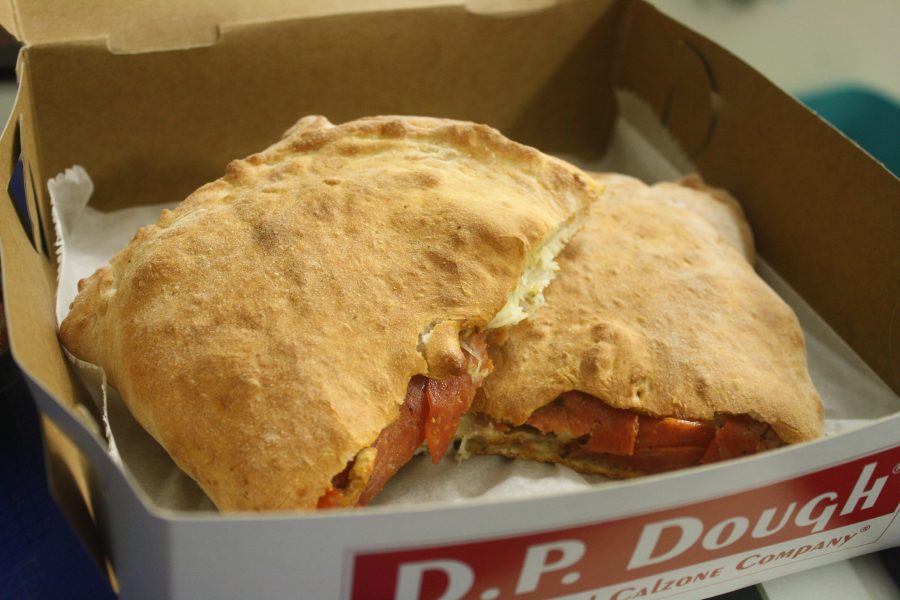
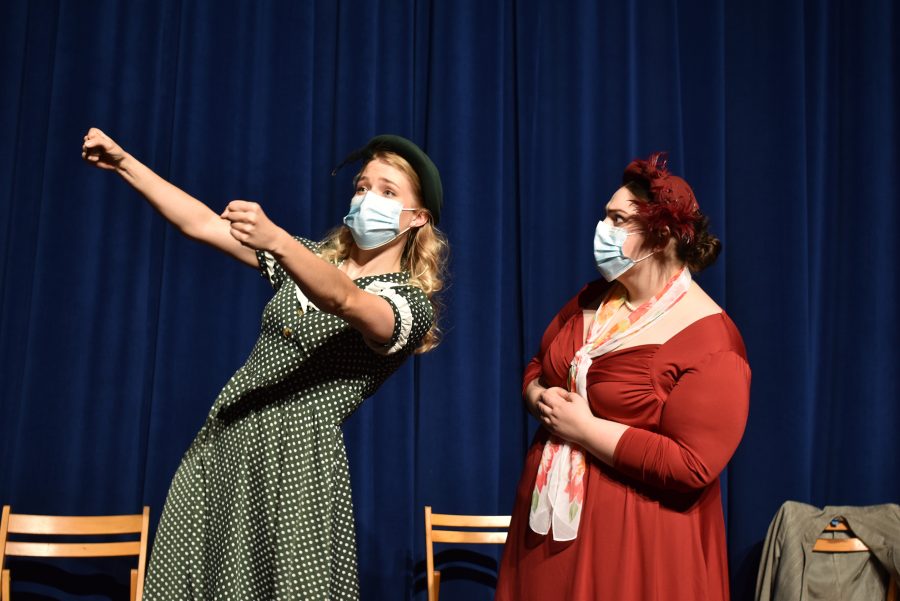

Hood Biggers • Jan 19, 2019 at 8:40 pm
I have seven of Mr Fronczak’s abstract paintings that I commissioned in the early 1990’s in my dental office in Midlothian Virginia. I have enjoyed his masterpieces everyday for the last 25 years!